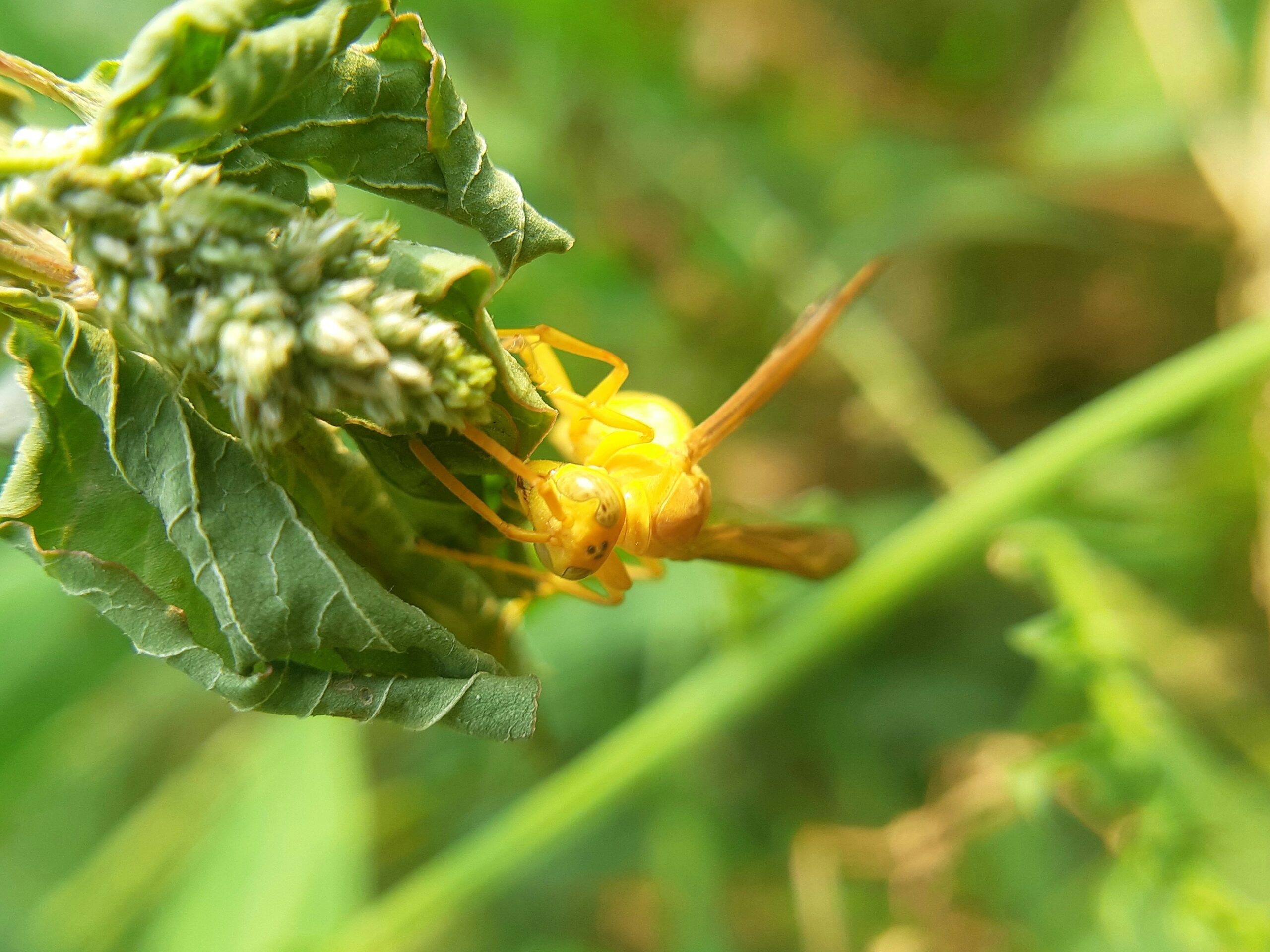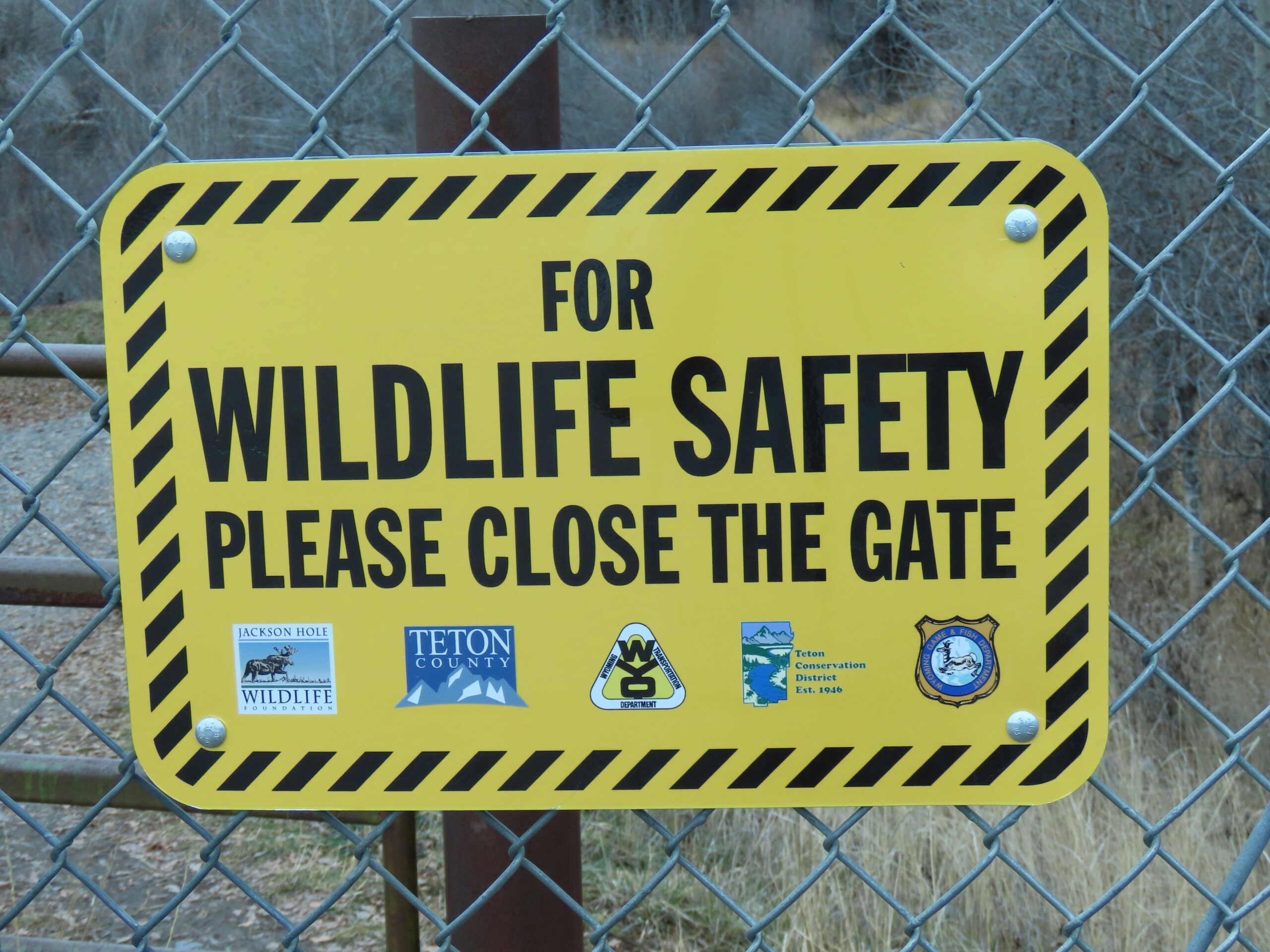Imagine you're hiking on the majestic slopes of Mount Shasta, surrounded by breathtaking scenery and the serene sounds of nature. Suddenly, you spot a powerful creature in the distance – a bear. Your heart races with excitement and a touch of fear. But fear not! In this article, we'll guide you on the best course of action if you ever come face-to-face with these magnificent animals on your journey. So, take a deep breath and let's navigate the wilderness together, ensuring a safe and unforgettable experience.
Understanding Different Types of Bears
When it comes to bears, it's important to understand that there are different types, namely Black bears and Brown bears. While they may share some similarities in appearance, there are distinct characteristics that can help you identify which type of bear you are encountering.
Identifying the appearance of Black bears and Brown bears
Black bears are generally smaller in size compared to Brown bears. They have a slender and agile build with a straight face profile. Their fur can range from black to light brown, and they often have a patch of light-colored fur on their chest. Brown bears, on the other hand, are larger and have a more muscular build. Their face has a concave profile with a distinctive shoulder hump. Their fur can vary from light brown to dark brown or even blonde.
Understanding the behavior differences between the types of bears
While both Black bears and Brown bears can exhibit unpredictable behavior, there are some differences to be aware of. Black bears are generally more timid and may flee if they encounter humans. However, they can become curious and assertive if they are habituated to human food sources or have cubs nearby. Brown bears, including the well-known Grizzly bears, tend to be more aggressive and territorial. They are less likely to retreat and may display defensive behavior if they feel threatened. It's crucial to be familiar with these behavior differences to properly react in a bear encounter.
Pack the Right Equipment
Before embarking on any hiking adventure, it's essential to pack the right equipment to ensure your safety, especially when it comes to bear encounters.
Carry bear spray and know how to use it
Bear spray is a highly effective deterrent against bear attacks. It discharges a cloud of aerosol that can deter bears from approaching you. It's crucial to carry bear spray in an easily accessible location, such as on your belt or in a chest harness. Additionally, take the time to familiarize yourself with how to properly use bear spray to ensure you can quickly and effectively deploy it if needed.
Use a bear-proof food container
Keeping your food and other scented items stored properly is crucial to prevent attracting bears to your campsite. Bear-proof food containers are designed to be incredibly durable and secure, making it difficult for bears to access your food. It's important to use these containers to mitigate the risk of encountering a bear searching for a food reward.

Hiking in Groups
One of the best ways to reduce the chances of a bear encounter is to hike in larger groups. Bears are generally more cautious when confronted by larger groups of people.
Going in larger groups to deter bear encounters
When you hike with a larger group, the noise, movement, and sheer number of individuals act as a deterrent to bears. They are more likely to avoid an encounter and retreat to a safer distance when they perceive a larger threat. The more people in your group, the better your chances of deterring bears and minimizing the risk of a close encounter.
Using collective noise to keep bears away
While hiking in a group, it's important to make enough noise to alert bears of your presence. Talking loudly, singing, or even using bear bells can help ensure that you don't surprise a bear and inadvertently provoke a defensive response. By making your presence known, you increase the chances of bears keeping their distance, as they often prefer to avoid human encounters.
Maintain Distance
When encountering a bear, it is crucial to maintain a safe distance at all times. Approaching a bear, even unintentionally, can be extremely dangerous.
Never approach a bear
Remember, bears are wild animals, and approaching them puts both you and the bear at risk. Even if a bear appears calm or indifferent, it's essential to resist the temptation to get closer. Bears have incredible speed and strength, and any perceived threat may trigger a defensive or aggressive response. Always keep a respectful distance.
Understanding how to calculate a safe distance from the bear
To calculate a safe distance from a bear, it's recommended to follow the “rule of thumb.” Hold your arm straight out in front of you and use your thumb as a reference. If you can cover the entire bear with your thumb, you are likely at a safe distance. However, always assess the situation and consider other factors such as the bear's behavior and the surrounding terrain before determining the appropriate distance.

Avoid Hiking at Dawn and Dusk
Bears are most active during dawn and dusk, so it's best to avoid hiking during these periods to reduce the chance of a bear encounter.
Understanding bear activity during these hours
During dawn and dusk, bears are often engaged in their most active routines. They may be foraging for food, defending their territory, or seeking water sources. Hiking during these times increases the likelihood of stumbling upon a bear without giving them adequate time to detect your presence. By avoiding these peak activity hours, you reduce the chances of a surprise encounter.
Tips to adjust your hiking schedule
To adjust your hiking schedule and avoid dawn and dusk, consider starting your hikes a bit later in the morning or ending them earlier in the afternoon. By planning your hikes accordingly, you can enjoy your adventure while minimizing the risk of encountering bears during their most active periods. Researching the specific activity patterns of bears in the area you plan to hike can provide valuable insight into their daily routines.
Proper Food and Waste Management
Properly managing your food and waste is vital for minimizing the chances of attracting bears to your campsite.
Store food and dispose of waste properly
When you're camping in bear country, it's crucial to store your food securely and dispose of waste properly. Use bear-proof containers or hang food from a tree at a safe distance from your sleeping area. Never leave food unattended, as the scent can attract bears from miles away. Additionally, dispose of any food waste or trash in designated bear-proof containers or by following the guidelines provided by the local park or forest service.
Avoid attracting bears with food
Avoiding the use of scented toiletries or heavily perfumed items can also help reduce the possibility of attracting bears. Their acute sense of smell can detect a food source from miles away, so it's essential to minimize any enticing scents that may attract unwanted attention.

Reacting to a Bear Encounter
No matter how prepared you are, there's always a chance of encountering a bear while hiking. Knowing how to react in these situations is crucial for your safety.
What to do when you see a bear in the distance
If you spot a bear in the distance, it's essential to remain calm and slowly back away. Avoid making sudden movements and never turn your back on the bear. Maintain eye contact while slowly creating more distance between you and the bear. It's crucial to demonstrate that you are not a threat and give the bear ample space to retreat if it chooses to do so.
What to do if you come across a bear suddenly
If you come across a bear suddenly and it hasn't noticed you yet, it's best to quietly and slowly retreat without drawing attention to yourself. Moving quietly and deliberately can help you avoid startling the bear and triggering a defensive response. As you move away, maintain a watchful eye on the bear's behavior to ensure it is not pursuing you.
Distinguishing Between Defensive and Non-defensive Bears
Understanding the behavior of bears can help you determine whether a bear encounter is defensive or non-defensive.
Behavior of a defensive bear
A defensive bear may exhibit certain behaviors, such as huffing, growling, or snapping its jaws, to express its discomfort or attempt to establish dominance. It may also lower its head, lay its ears back, or make bluff charges to warn you to stay away. In these situations, it's important to remain calm, stand your ground, and slowly move away, while avoiding direct eye contact.
Behavior of a non-defensive bear
A non-defensive bear is typically calm, and its body language appears relaxed. It may continue with its normal activities, such as feeding or moving through its territory, without showing signs of aggression or discomfort. If you come across a non-defensive bear, it's still important to maintain a safe distance and avoid any sudden movements or loud noises that may startle or provoke the bear.
Responding to a Bear Attack
While rare, bear attacks can happen, and knowing how to respond is crucial in an emergency situation.
Using bear spray during an attack
If a bear charges you and makes contact, it's important to fight back using any means necessary to protect yourself. Use your bear spray to create a barrier between you and the bear, aiming for its eyes and nose. Bear spray is specifically formulated to deter bears and can help give you the opportunity to escape.
Playing dead can save your life
If a bear attacks you and you are unable to escape, your best option may be to play dead. Lie flat on your stomach, protect your vital organs by interlacing your fingers behind your neck, and spread your legs to make it harder for the bear to flip you over. This technique is effective for non-defensive bear attacks, as the bear may lose interest once it no longer perceives you as a threat.
Fight back as a last resort
In rare instances, a bear may exhibit predatory behavior and continue to attack even if you play dead. If this occurs, fighting back becomes your last resort. Use any objects or tools at your disposal to defend yourself, targeting the bear's eyes, nose, and face. Be as loud and aggressive as possible while trying to escape to safety.
Post Bear Encounter Precautions
After a bear encounter, there are important precautions to follow to ensure your safety and help mitigate future bear encounters.
Immediately leave the area
Once the bear encounter is over, it's essential to leave the area promptly. Create distance between you and the bear to reduce the chances of a subsequent encounter. Do not linger or approach the bear again.
Reporting the encounter to the local park or forest service
Reporting the bear encounter to the local park or forest service is important for maintaining the safety of both hikers and bears. They can provide valuable information, update trail conditions, and take necessary actions to manage bear activity in the area. By reporting your encounter, you contribute to the collective knowledge and help promote safe hiking practices for everyone.
